
With the food industry becoming more innovative, autonomous food delivery is set to become the next big thing. The technology allows customers to order and have their food delivered directly to their door by a robot without human mediation. This technology benefitted both the consumer and the restaurant as this allows customers to have more control over their food and eliminates the need to leave home to get food, while it also allows restaurants to reduce costs by eliminating the need for human delivery drivers.
But, before anything else, we have to dive into the basics of autonomous food delivery; what is it and how it works.
Autonomous food delivery is a technology that allows customers to order and have their food delivered directly to their door by a robot without human intervention. The technology has been around for some time, but it has recently seen a resurgence in popularity due to the increasing demand for convenience and control over one's food.
In 2021, the global online food delivery market reached a value of US$ 106.1 Billion. It is expected to grow up to US$ 223.7 Billion by 2027, exhibiting a CAGR of 11.44% from 2022-to 2027.

With this increase in numbers, the food industry is starting to venture into new options, such as driverless delivery. They see the potential of autonomous food delivery and are starting to adopt the technology more and more.
In Singapore, Food delivery giant FoodPanda has partnered with three autonomous robot startups, namely: Nanyang Technological University start-up Whizz Mobility, Singapore's leading robotics company, OTSAW, or the leading Chinese autonomous vehicle start-up, Neelix.
FoodPanda tested autonomous food delivery on two university campuses and within the Punggol neighborhood in 2021. The robots were able to cover the entire NTU campus which is around 200-hectares as part of the trial. The plan to adopt autonomous food delivery is a part of FoodPanda's strategy toward a contactless, sustainable, and more efficient ecosystem in the on-demand food delivery services in Singapore. While the robots are self-driving, they are controlled by a backend operator to accept orders.
On one hand, South Korea is also expected to adopt the autonomous food delivery system soon by allowing food delivery robots to be on the road in 2023. In fact, delivery apps Woowa and 7-Eleven started offering such services on a trial basis.
According to various researches conducted by experts, here are the following benefits that autonomous food delivery can offer:
- Lower fuel consumption results in a better fuel economy.
- Reduced travel time and increase in productivity
- Reduction in number of accidents and traffic deaths
- Better transport interconnectivity
- Lower cost and maintenance
- Less pollution and emissions
- Increased lane capacity
- Reduced traffic congestion on the roads
- Better last-mile services
- Reduced transportation costs

These are also the other factors that contributed to the demand for autonomous delivery systems not only in the food industries but in other industries as well:
Urbanization: According to the WEF report, there will be approximately 8.5 Billion global population by 2030, wherein 60% of this number is living in the cities. This accounts for around 70% of global emissions.
Products: Online retail is rapidly growing, with the expected marketplace categories, such as books, clothing, and electronics, leading the pack. Going forward, the growth in the sector will be driven by new categories, including groceries, health products, car parts, pet supplies, furniture, baby care, and gardening.
Expected delivery time: 3-hour delivery and same-day delivery are two of the fastest-growing segments in the last mile delivery industry. While standard delivery will still hold the largest share of the market, the demand for speed from customers will fuel a greater number of individual orders for both same-day and 3-hour shipping, driving significant increases in overall deliveries.
Technological developments: Last-mile technology, including drones, droids, and automated fulfillment centers, will both increase the processing speed and speed for logistic companies. Alibaba alone is reportedly investing about $15 billion in such technology over the next five years.
In conclusion, the autonomous delivery system is still in its early stages of development. However, the rapid growth of online retail and online food delivery, coupled with technological advancements in last-mile delivery, will fuel autonomous delivery vehicles to become a major player in the global market.

.png)
.webp)
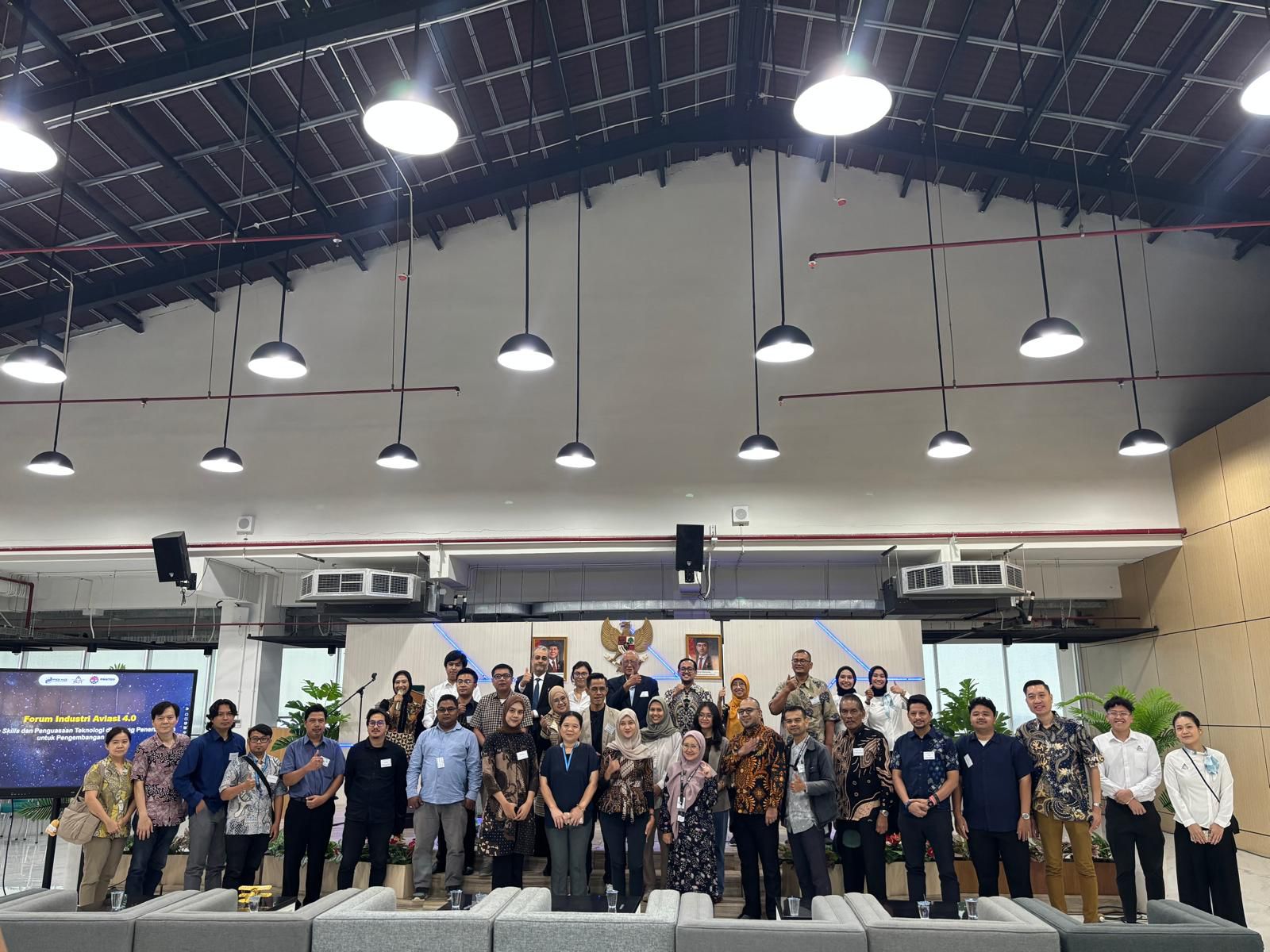




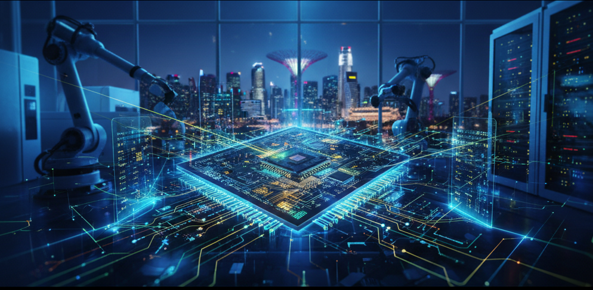
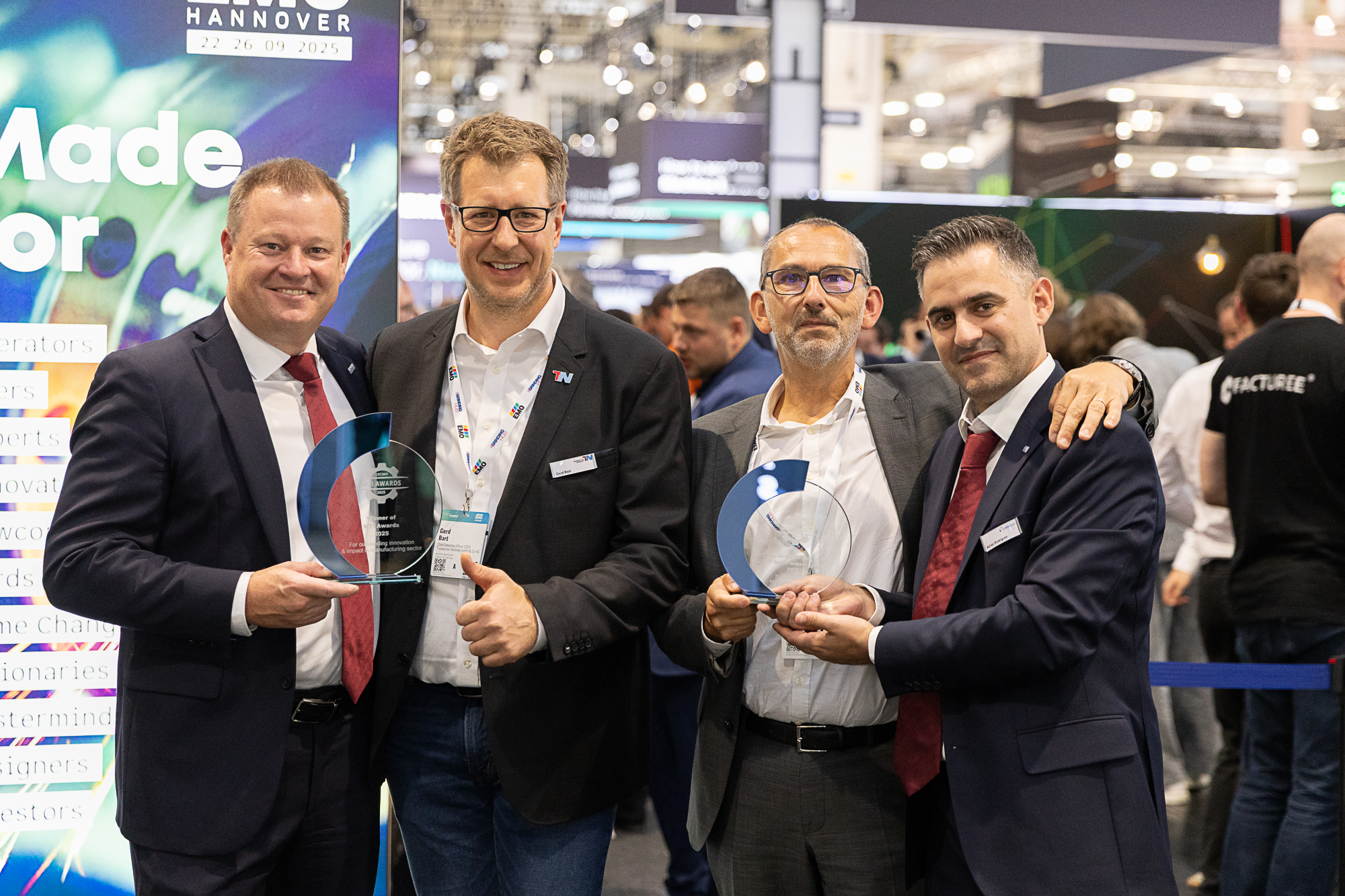








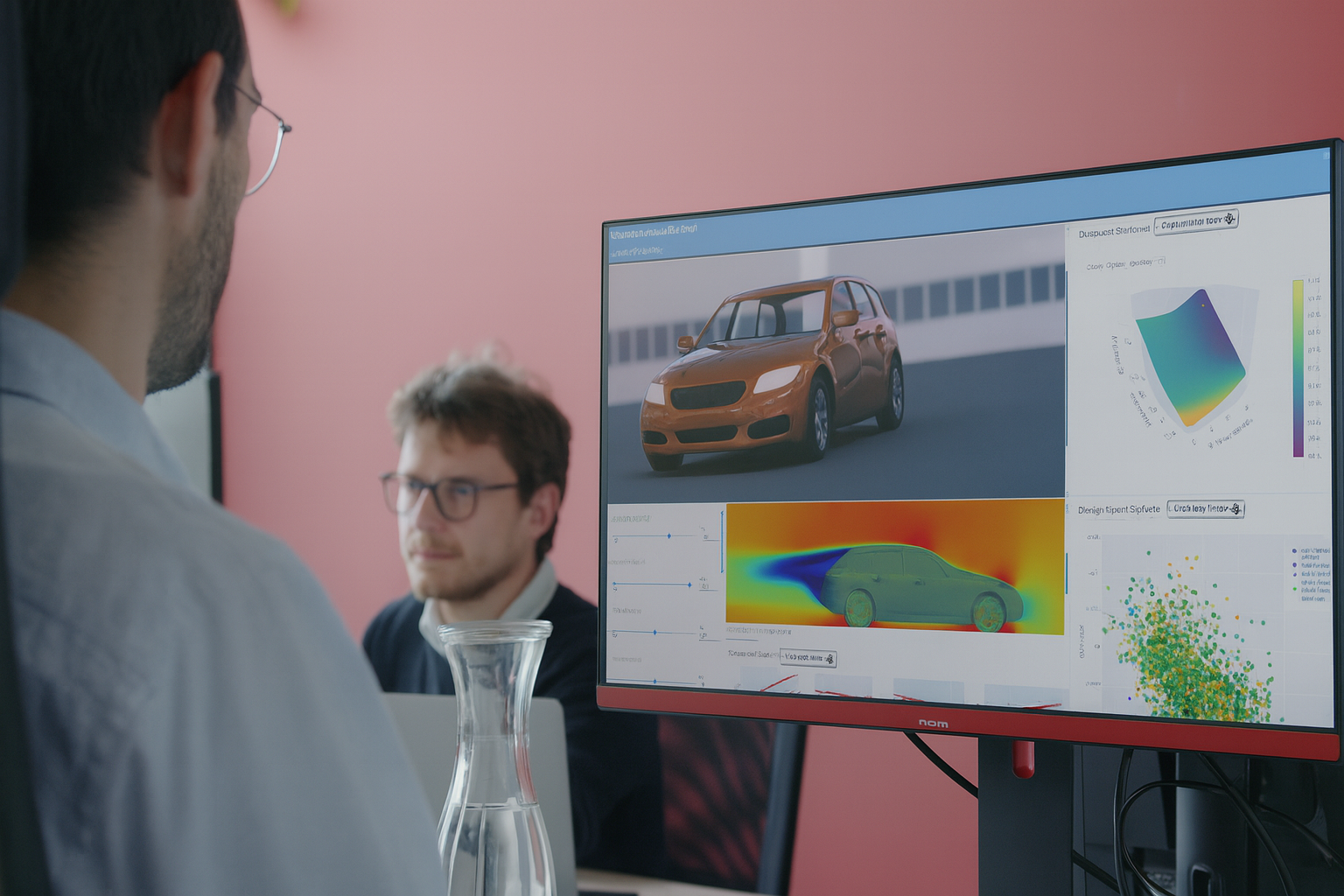
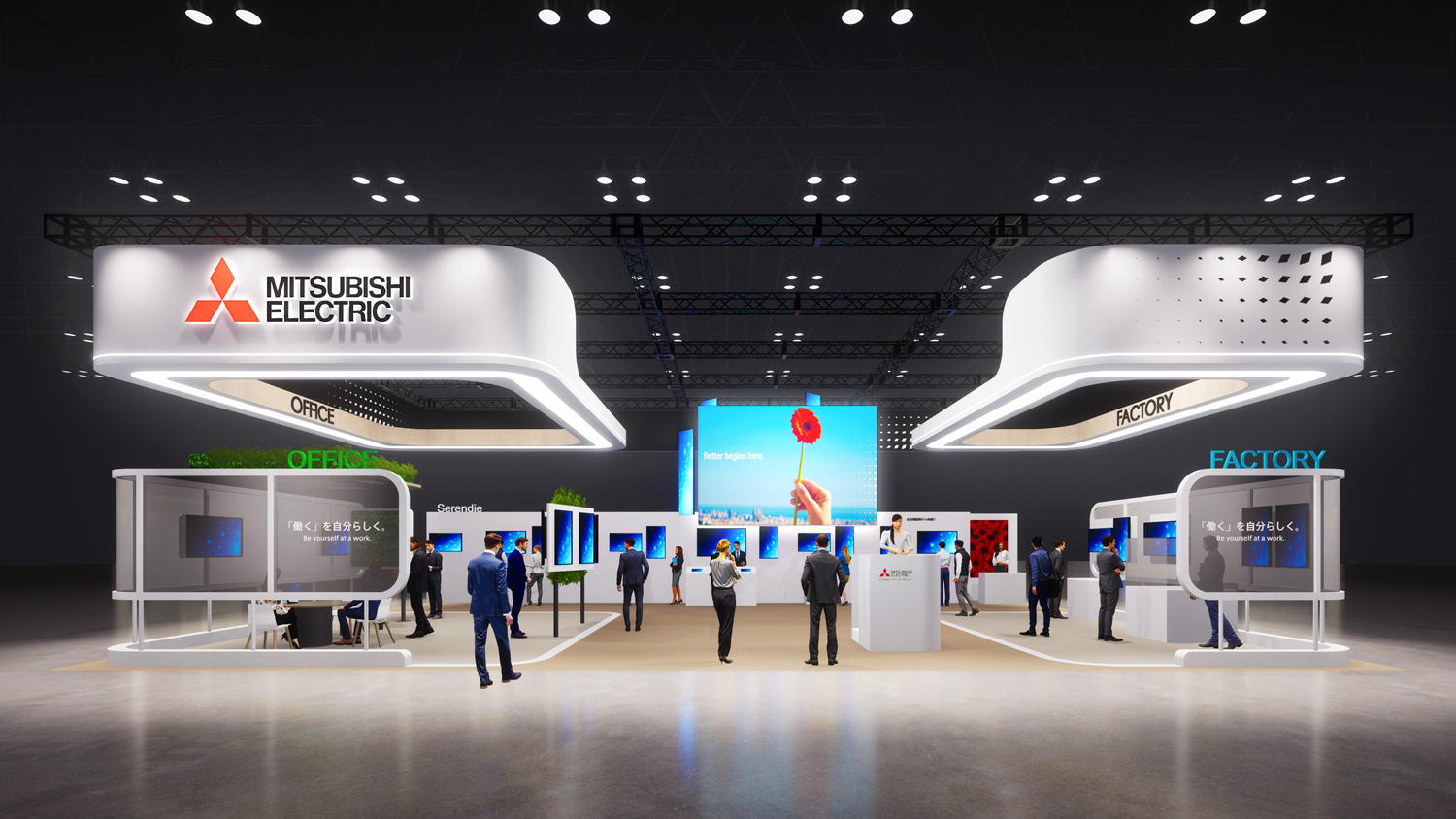

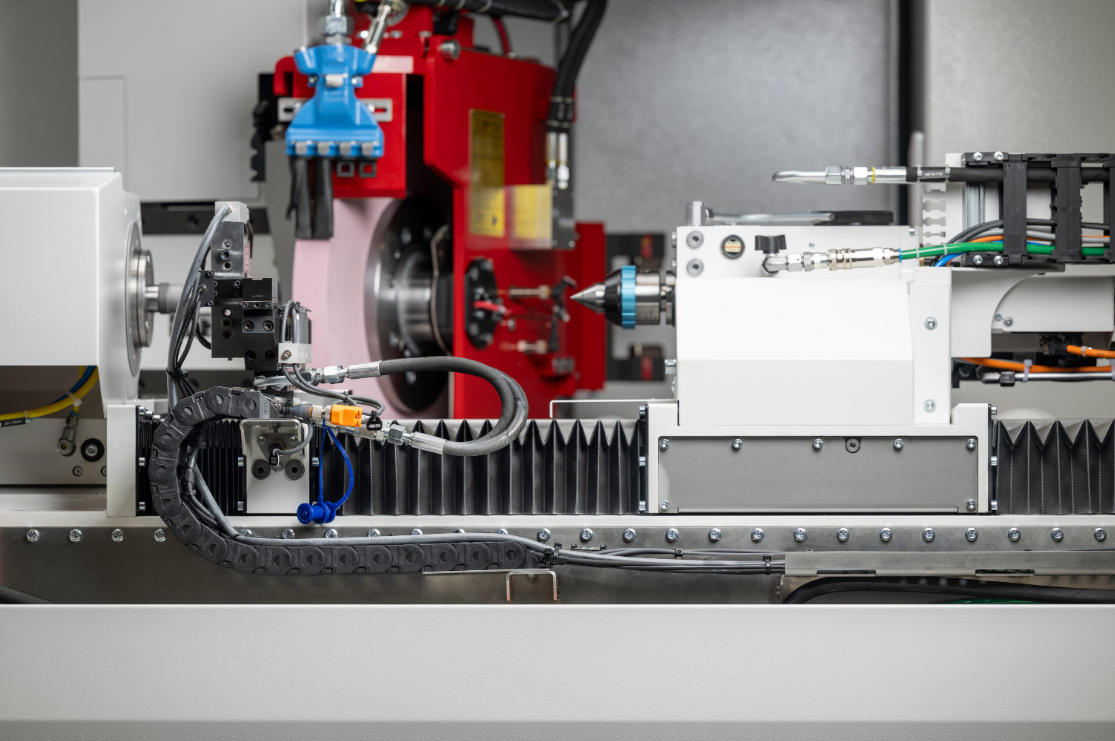





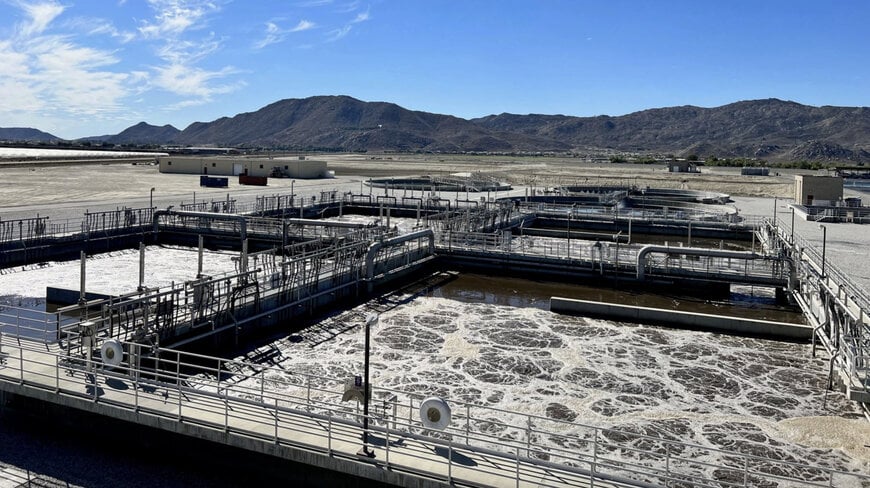

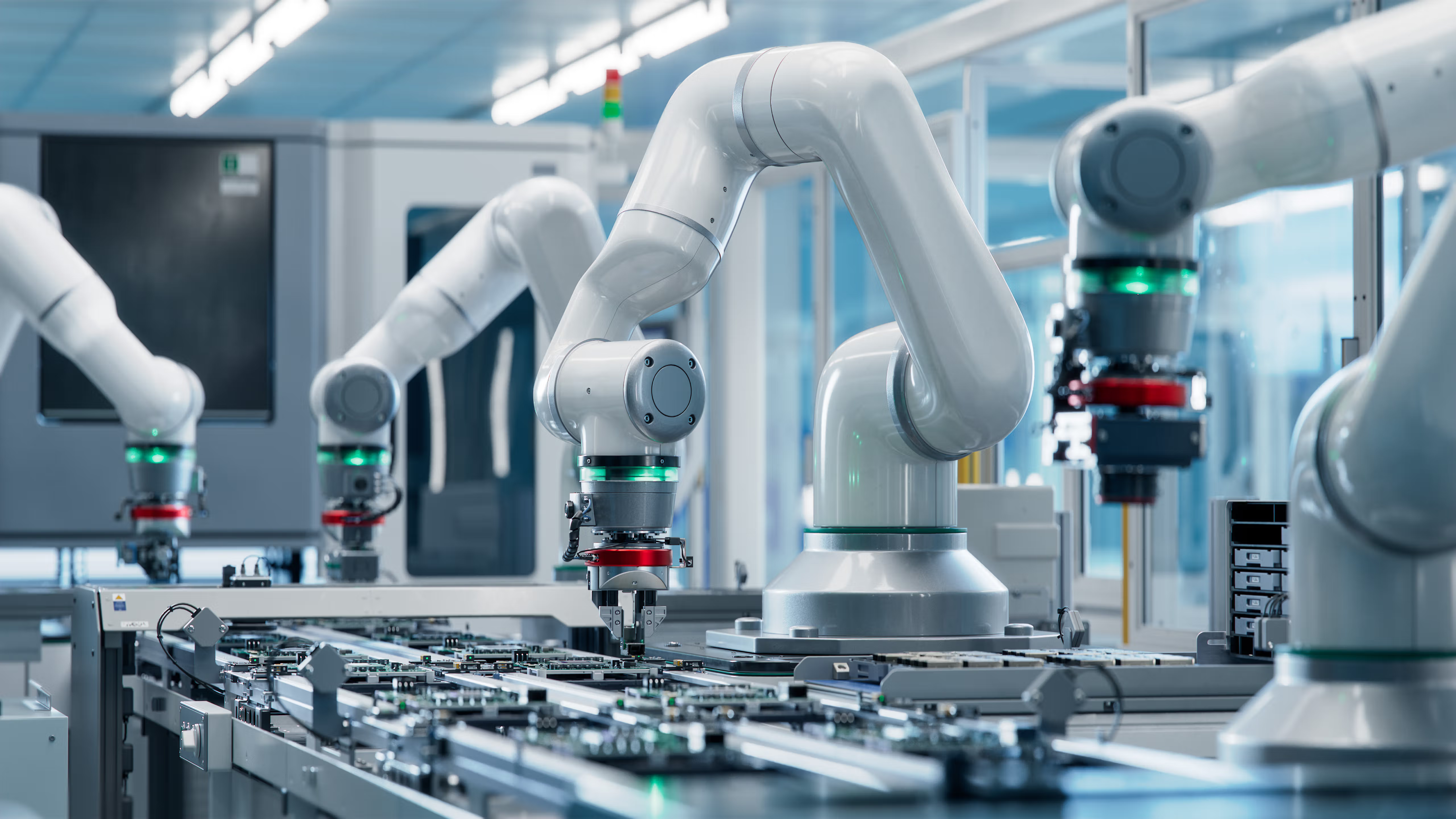

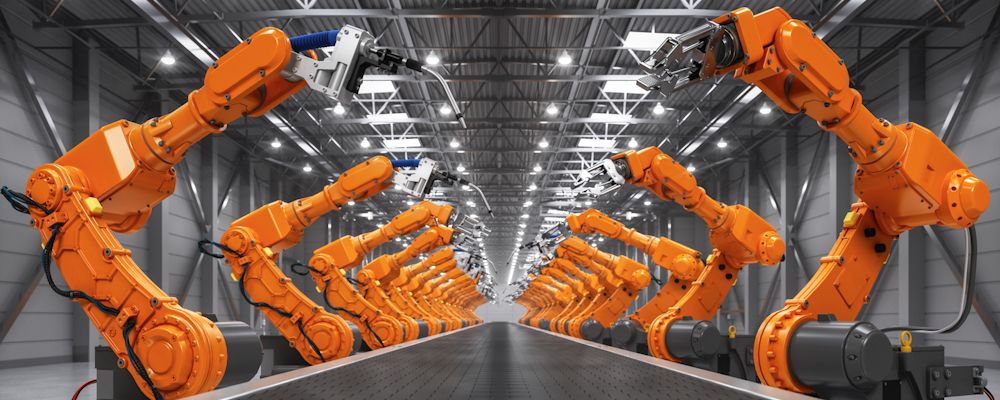
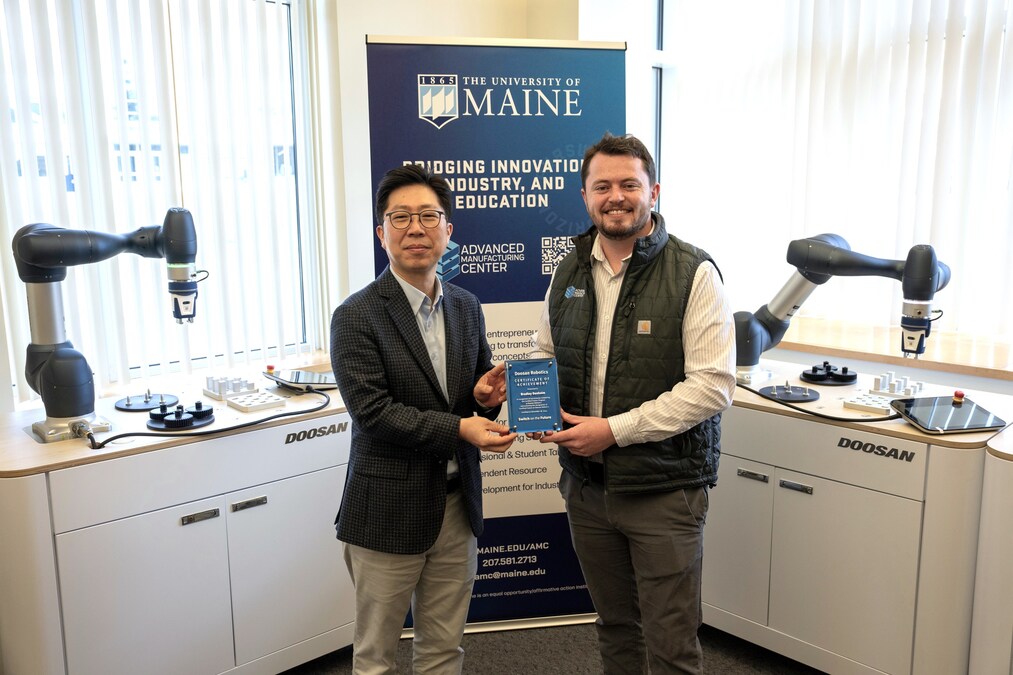
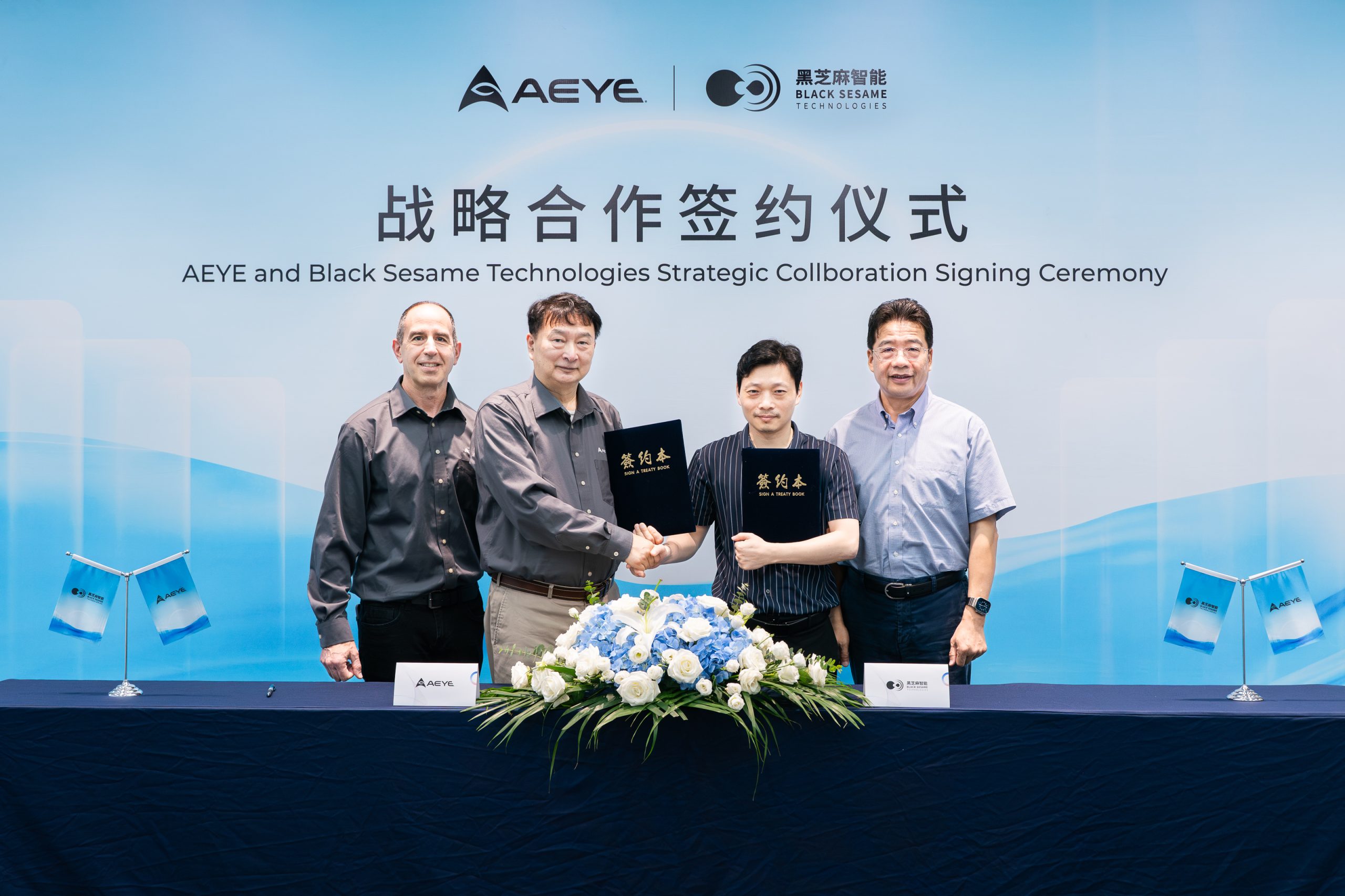
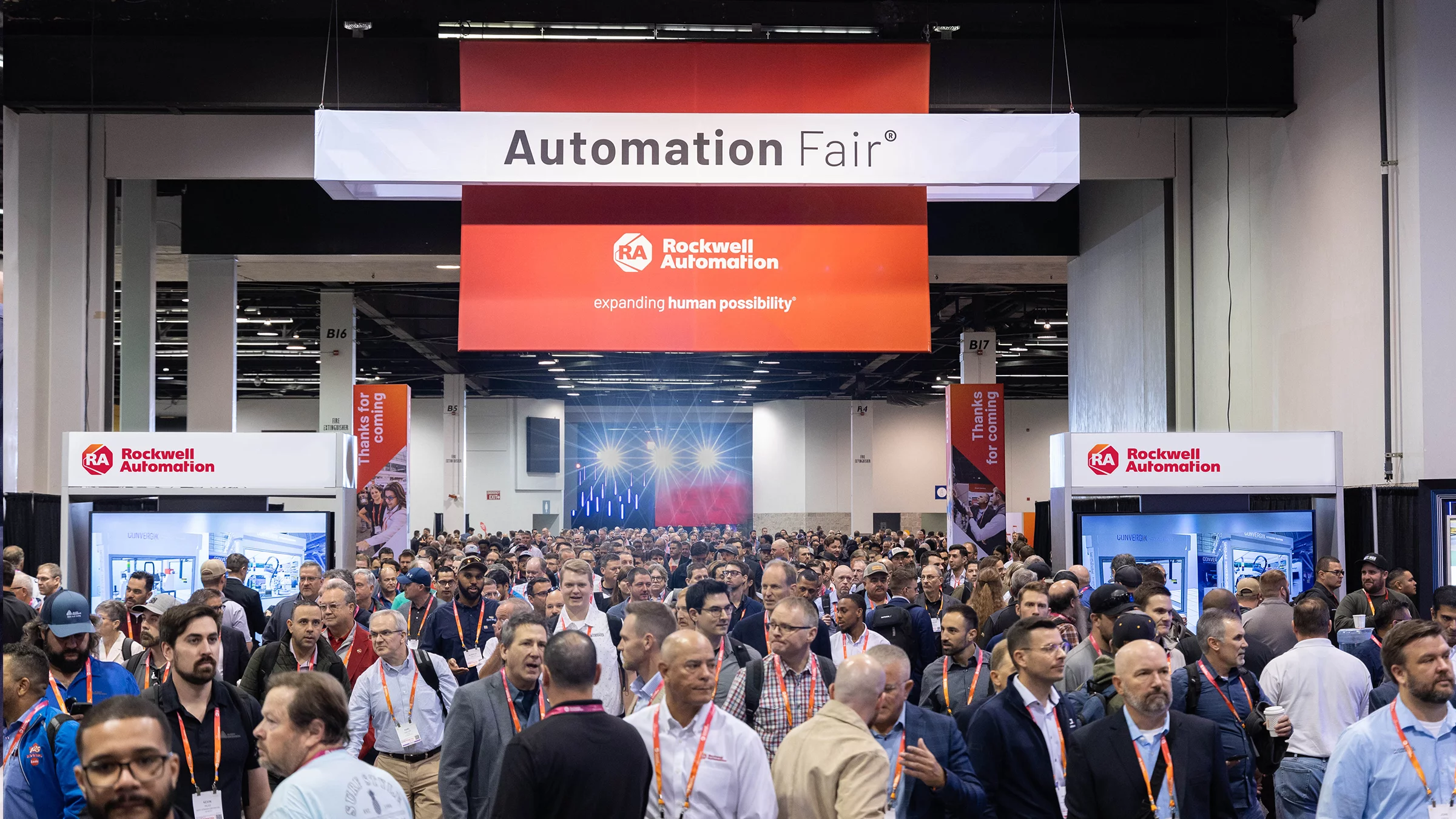

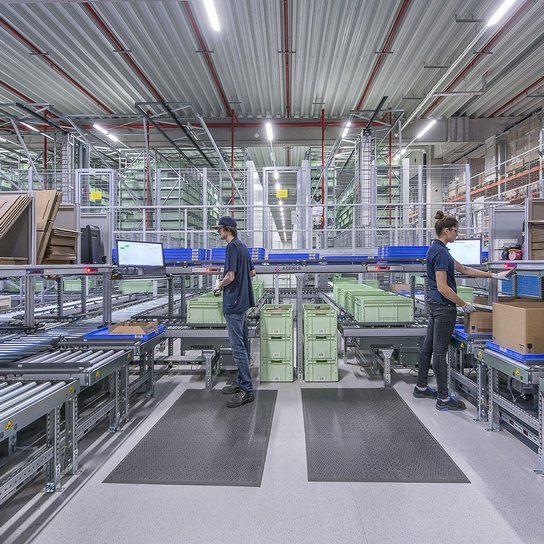



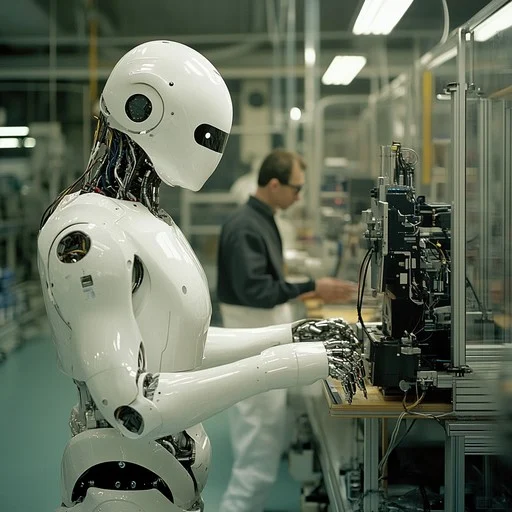
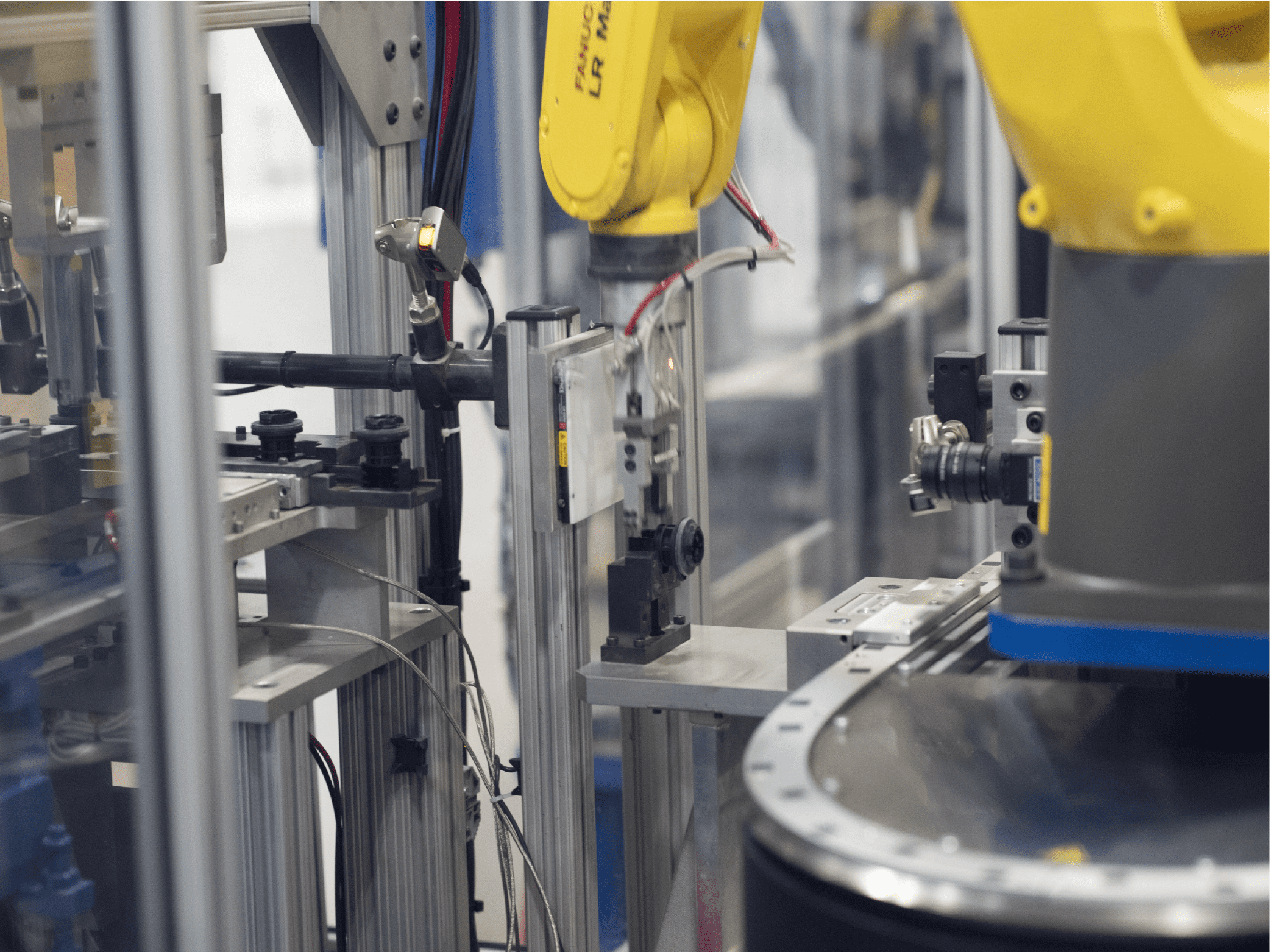
.webp)






























.png)





.png)



















